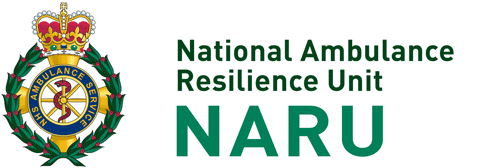East Midlands Ambulance Service (EMAS) features heavily in tonight’s episode of ‘999 What’s Your Emergency’ being broadcast on Channel 4 at 9.00 pm.
The programme focuses on call outs to patients nearing the end of life and the medical, ethical and emotional challenges their care creates, not just for the paramedics, but also for the friends and family who may be left behind.
Paramedics and call handlers speak powerfully and frankly about the challenges they face (and the Britain they see), while patients and their loved ones reveal the stories behind their calls for help.
60,000 people suffer a cardiac arrest every year in the UK, but only 10% survive. The ambulance service is working to increase the survival rate through prompt action and education.
Selina Conway, a Nottingham paramedic, is dispatched to a 76-year-old man who’s been found collapsed in his front garden by a stranger. CPR is the only solution.
“It’s violent, I’ve broken people’s ribs before,” says Selina. “You have to be really forceful with your compressions, you are beating a heart, and you’re attempting to keep that person alive. Everything else can be treated, broken ribs will heal, but if you’re dead, you’re dead.”
EMAS’ Liam Wakefield heads to an 18-year-old who’s had a seizure and stopped breathing. He finds the patient in a hospital bed in the living room. After talking with the patient’s mother, he discovers this is a family living in the midst of an unfolding tragedy as three children face early deaths from a genetic condition.
“Knowing what is going to happen to them and to deal with that on a day to day basis and still keep a smile on your face is remarkable, it is absolutely amazing,” says Liam. “It’s not something I could do. People say I couldn’t do your job, but my job is my job this is not her job – this is her life.”
Selina Conway discusses the highs and lows of being on the frontline:
“I’d say the most rewarding part of my job is the patients who life I can make a difference in for example delivering a baby or treating a patient who is cardiac arrest but on the flip side the most challenging part of being a paramedic to me is caring for the families who have lost someone.
Selina wants the series to offer insight into the work staff encounter whilst on shift: “I’m hoping the show will open people’s eyes to see what working for the ambulance service is really like. It’s not all guns blazing and driving fast, it’s about being there for that person whoever they may be in their hour of need and doing all you can to help”
EMAS urges members of the public to learn how to do Cardio Pulmonary Resuscitation so they know what to do if they come across a heart attack victim.
